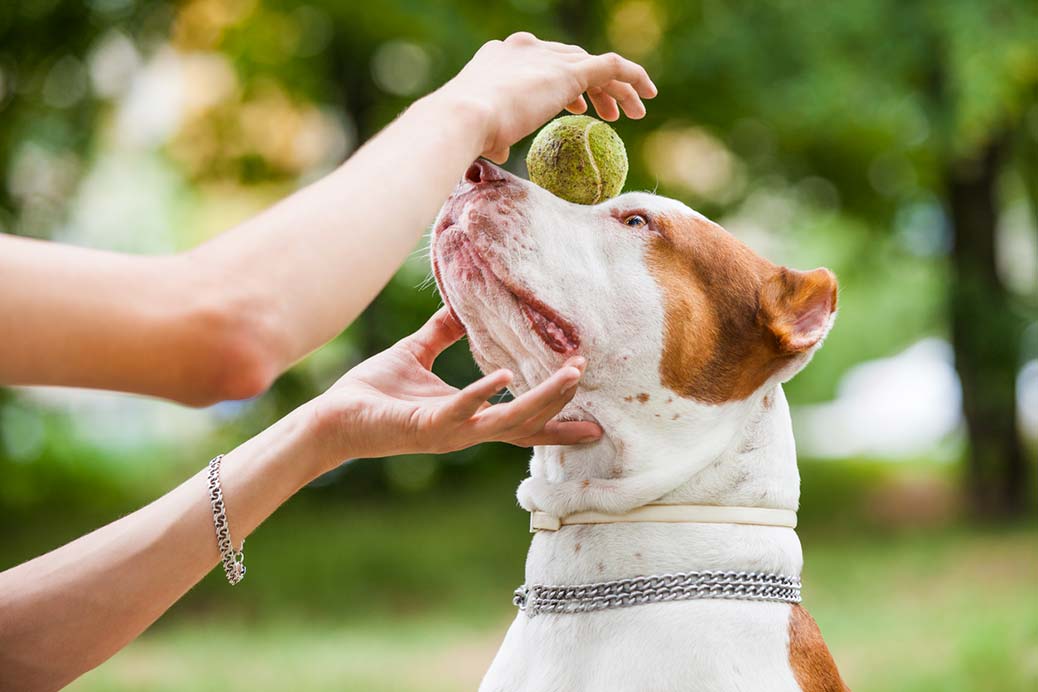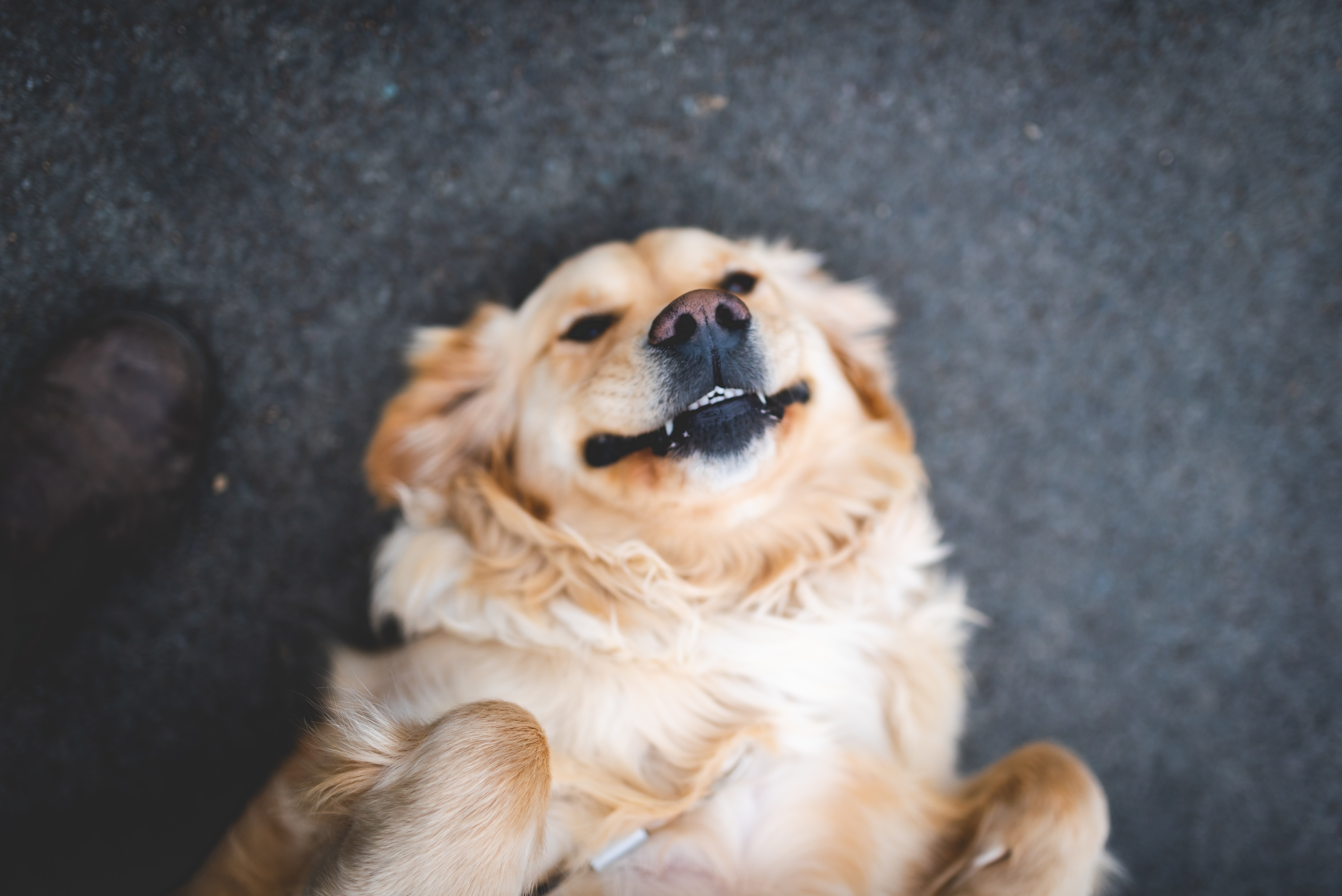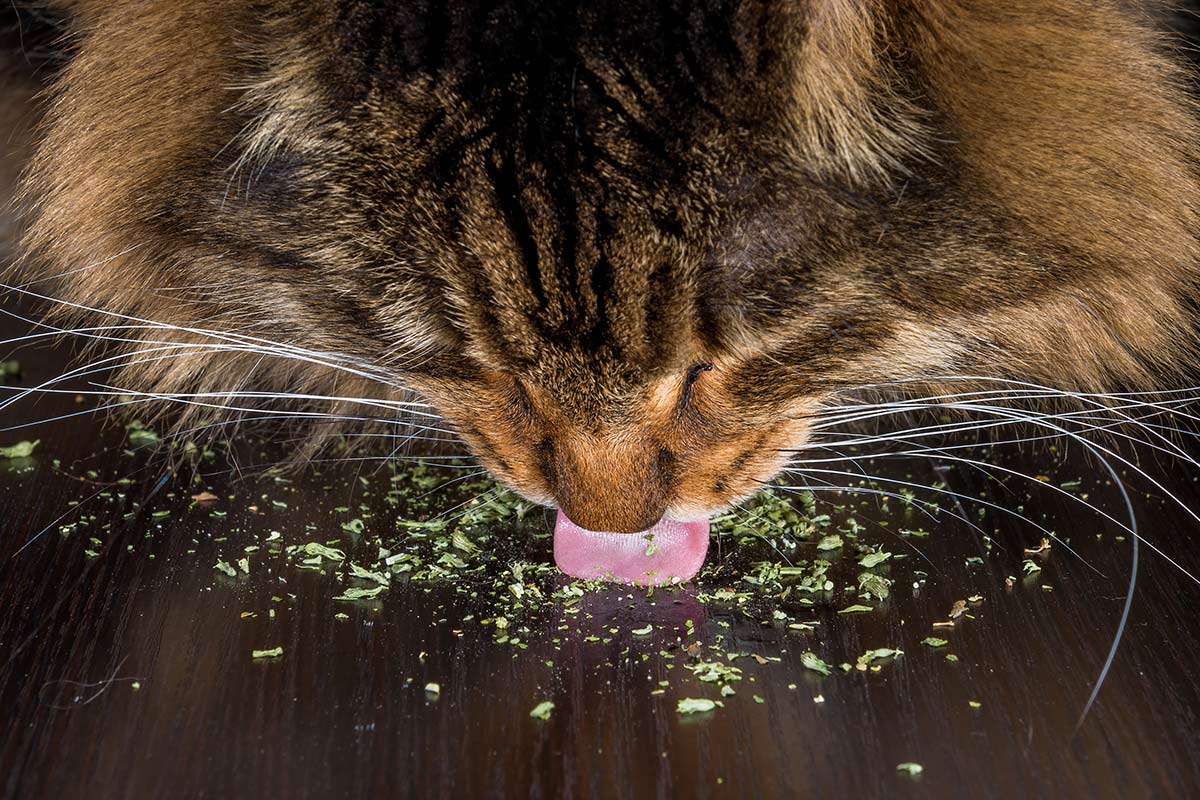Use Natural Rewards Strategically
One often encounters the use of treats in dog training and behavior therapy, and treats are indeed a wonderful and powerful reinforcer to use for teaching new behavior, generalizing learned behavior in new contexts, or fostering calm and attentive behavior to replace fearful or anxious behavior in a behavior therapy plan. But treats are far from the only reinforcers we can use in training and teaching our pets. By capitalizing on a phenomenon known in behavioral science as Premack’s principle, pet owners can strategically use a dog’s own preferences for certain activities to reward behavior they are trying to teach or strengthen.
Premack’s principle states that more probable behaviors will reinforce less probable behaviors. Based on observations in the animal learning laboratory 60 years ago, this principle has been used in all sorts of applications with both people and animals since. Here’s how it works. If we can observe an animal freely, we will observe various activities the animal engages in throughout the day. The animal will spend some time eating, drinking, resting, running, playing, etc. These activities differ across species and also within species across different animals depending on their environmental context, age, maturity, and other factors. But for any individual animal, some activities are preferred over others and we can use those preferred activities to reward less preferred activities.
For example, let’s say that you know that your dog loves to play tug, because she freely chooses to pick up her tug toy throughout the day, either bringing it to you or tossing it around on her own. You are working on teaching her to sit and stay when visitors come into the home to prevent her from jumping. Treats sometimes work, but sometimes she is not interested in treats. So you decide to use an activity you know she enjoys to reinforce her Sit/Stay with visitors. When a visitor comes in, you might hold her tug toy in hand or behind your back, say “Sit” and then “Stay” and have the visitor walk past. Then you can praise and bring out the toy for a 30-second round of tugging. In this way, you’ve taken something you know she naturally enjoys and used that to teach something she might enjoy less and/or is not as familiar with.
There are so many ways we can use these natural activities as rewards for our dogs. In my home, I practice calling my dogs with a cheery “Come!” command from the back yard or far parts of the house each day. When they come to me, they sometimes get a treat but more often they get a ball toss or a “Wanna go for a walk?” and out we go. In this way, they’re always running with joy and speed to find me when I call, knowing there’s a buffet of potential options, all of which they enjoy, awaiting them when they find me. I encourage clients to have their dog sit before the door is opened to the yard, before the water bowl is refilled, or before the squeaky toy is tossed, so that the dogs trade an easy response on their part (but one that has functional utility in many situations) for an easy, naturalistic rewarding activity.
If your dog enjoys being brushed, catch her doing something you love (e.g., greeting you with four feet on the floor instead of jumping) and reward her by bringing out that grooming brush. If she loves to snuggle in bed, then catch her waiting to be asked (rather than just jumping right up) and invite her up as the reward for being “polite.” Think about those activities your dog loves the most and use them to reward behavior your dog likes less or does less reliably. In this way, a 60-year-old law of learning can find its place in your home today!







